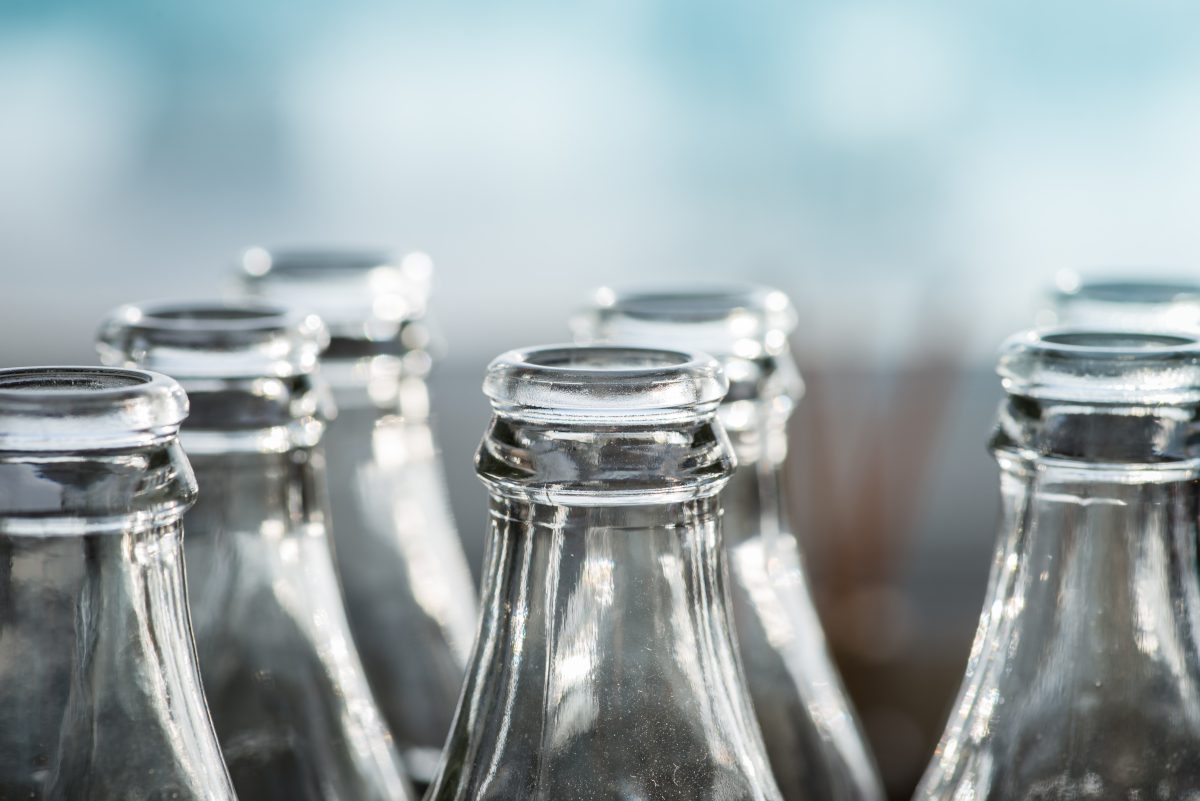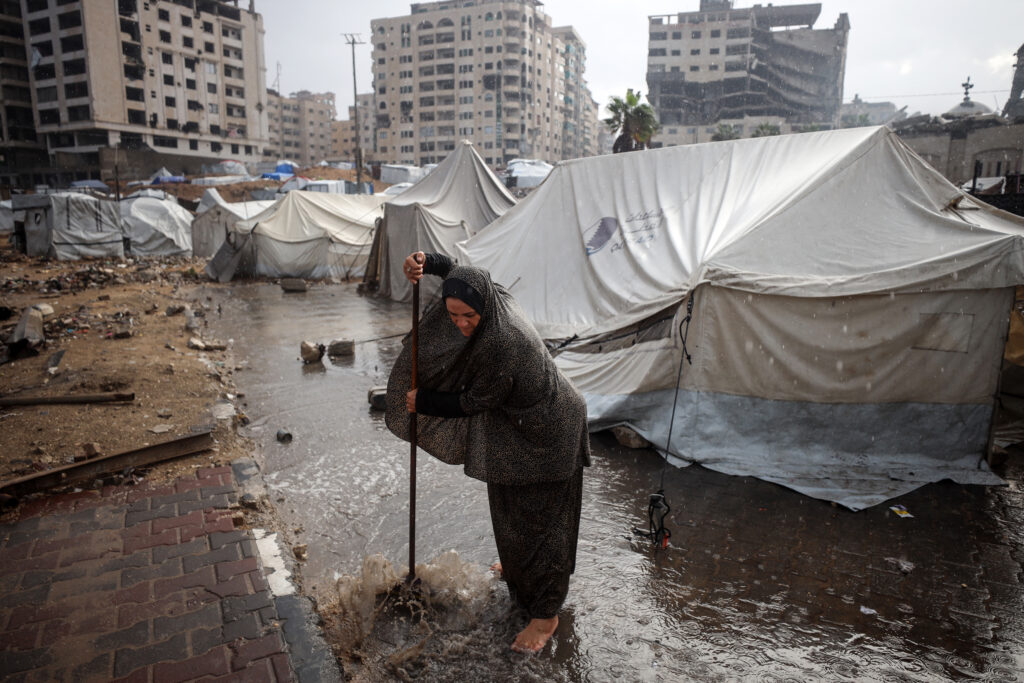Lack of data from the chemical industry in the EU often prevents the assessment of whether substances used in consumer products, for example, are endocrine disrupting, according to a report from the Technical University of Denmark.
As a result, the researchers recommend updating the information requirements in the EU legislation, REACH. They also propose various approaches for evaluating chemical substances to ensure that all available information is fully utilized.
Researchers from DTU National Food Institute and the University of Southern Denmark have screened the scientific literature for the Danish Environmental Protection Agency to find substances showing signs of endocrine disrupting properties and thus being potentially harmful to humans and the environment. The results of the study have been published in a new report from the Centre for Endocrine Disrupters (CeHoS). In the study, the researchers found a widespread lack of data, especially regarding environmental effects. The researchers emphasize that this lack of data is deeply problematic.
“The study shows that there is a great need to update the information requirements in the EU regulation, REACH, to include information on endocrine disrupting properties,” says Marie Louise Holmer, special consultant at DTU National Food Institute and co-author of the report.
Data should be optimally utilized
In the EU, it is highly prioritised to minimize human and environmental exposure to endocrine disrupting substances. However, data reported by companies under EU legislation on industrial chemicals, REACH, rarely contain information that can be used to assess whether the substances are endocrine disrupting in the environment. For 70% of the more than 26,000 industrial chemicals used in various products, there is also no information available to assess whether the substances are endocrine disrupting for humans.
Therefore, the researchers recommend that all available information should be utilized to the fullest extent using two approaches:
1. By assessing similar substances in groups
2. By using knowledge of harmful effects across species.
Nine substances with signs of endocrine disrupting properties
The new study builds upon a report from CeHoS from 2018, which identified a basislist of 171 substances. In the new study, the basislist is expanded to 192 substances. The 192 substances are filtered down to 97 focus substances through a series of exclusion criteria. 10 focus substances are selected for a literature screening.
“The literature screening shows signs of endocrine disrupting properties for 9 out of 10 substances. The question is how it looks for the remaining 87 focus substances,” says Sofie Christiansen, senior researcher at DTU National Food Institute and co-author of the report.
The researchers behind the study emphasize that this is only an initial screening of the literature and that a more thorough assessment of the available data is needed before final conclusions can be made.
Cross-species knowledge and grouping of substances can increase our understanding
Since data scarcity is so widespread, the data available for individual chemicals should be utilized to the fullest extent. Researchers suggest we should use all existing knowledge about endocrine disrupting properties of substances, whether it’s humans, fish, amphibians, or rodents that have been studied.
“The effects in animals and humans may be different, but they originate from the same impact on the endocrine system, so the effects we see, for example in fish studies, may also be concerning for humans,” said Henrik Holbech, associate professor at the Department of Biology at the University of Southern Denmark and co-author of the report.
Using these new approaches, researchers examined a group of benzophenones used as UV filters in cosmetics and sunscreens. The researchers created a heatmap, providing information on the substances’ potentially endocrine disrupting properties across the group and across species. The heatmap can be used to assess where more tests are needed and which substances are similar enough to be evaluated together.
“By looking across when chemical substances resemble each other and including knowledge across species, we utilize the available information to the fullest extent. This is important as our study also shows that there is a lack of knowledge about the endocrine disrupting properties of the majority of substances around us,” said Marie Louise Holmer.

















